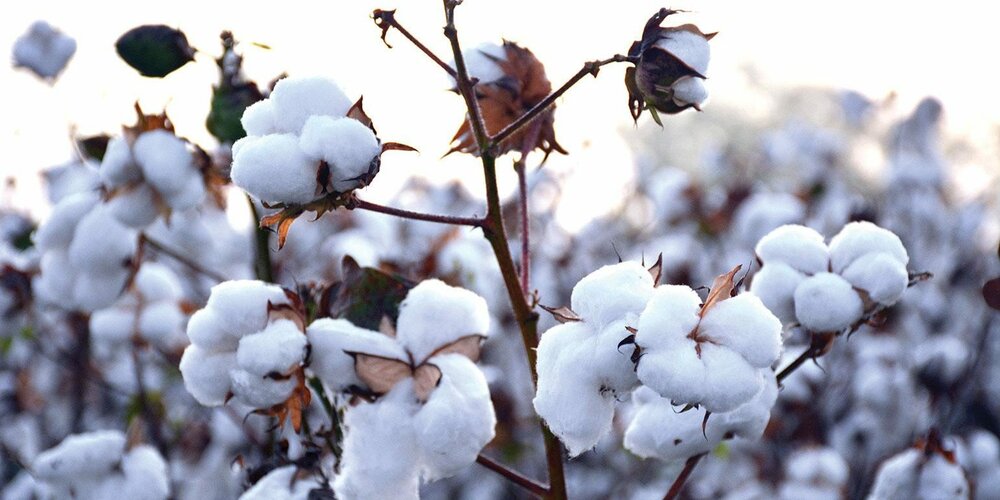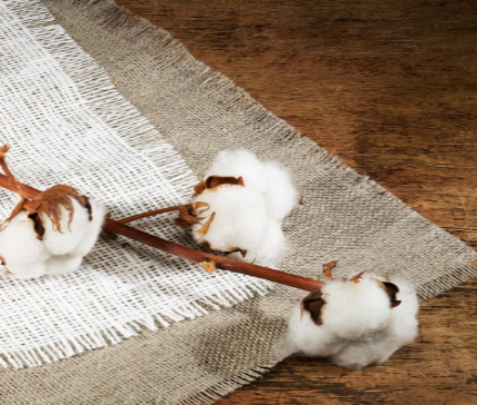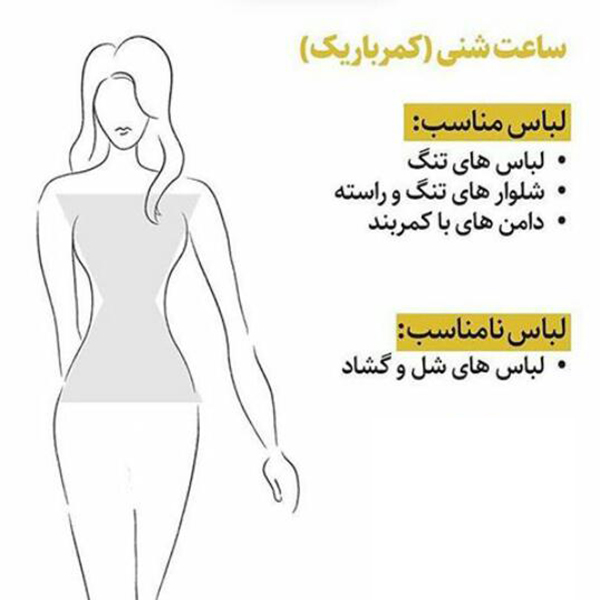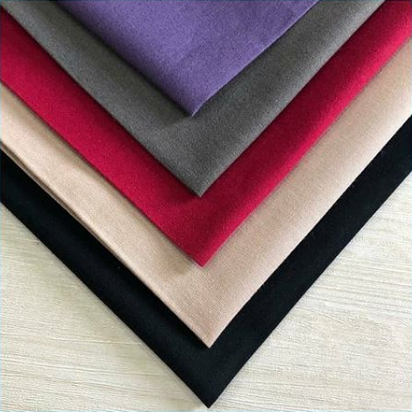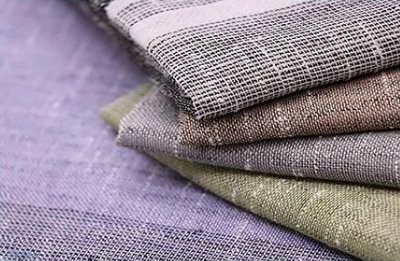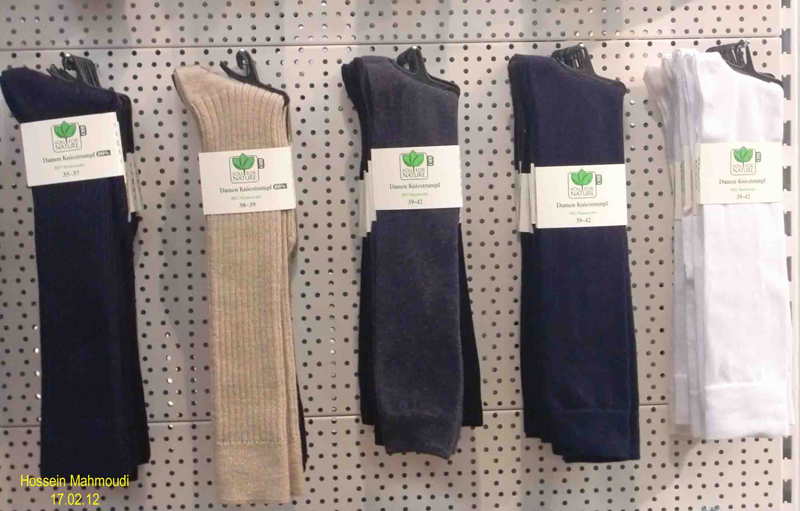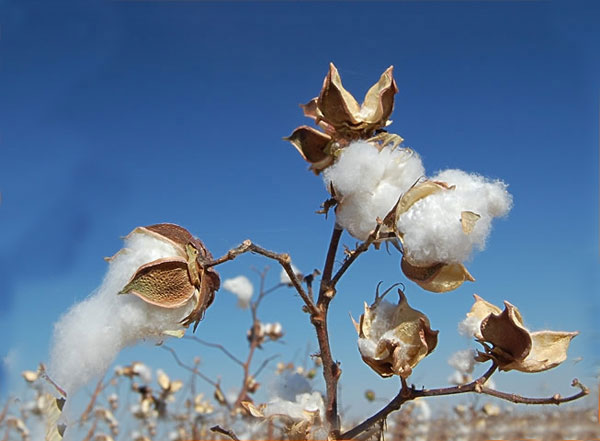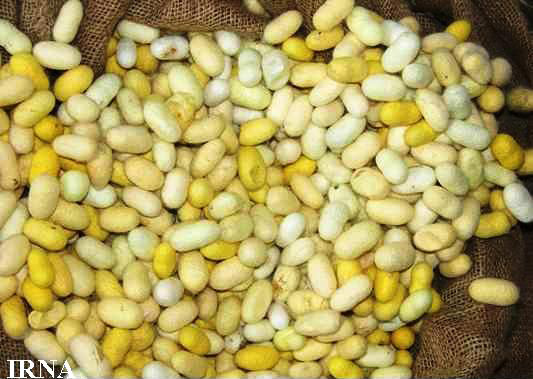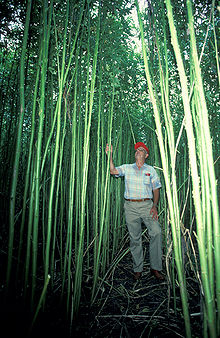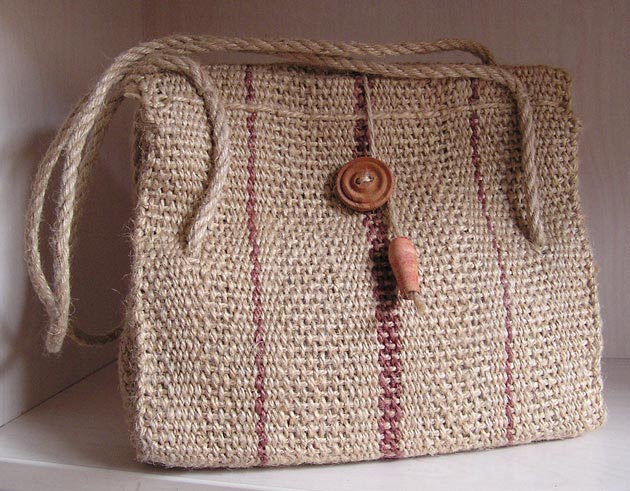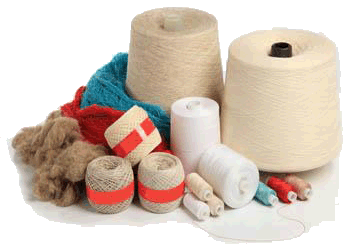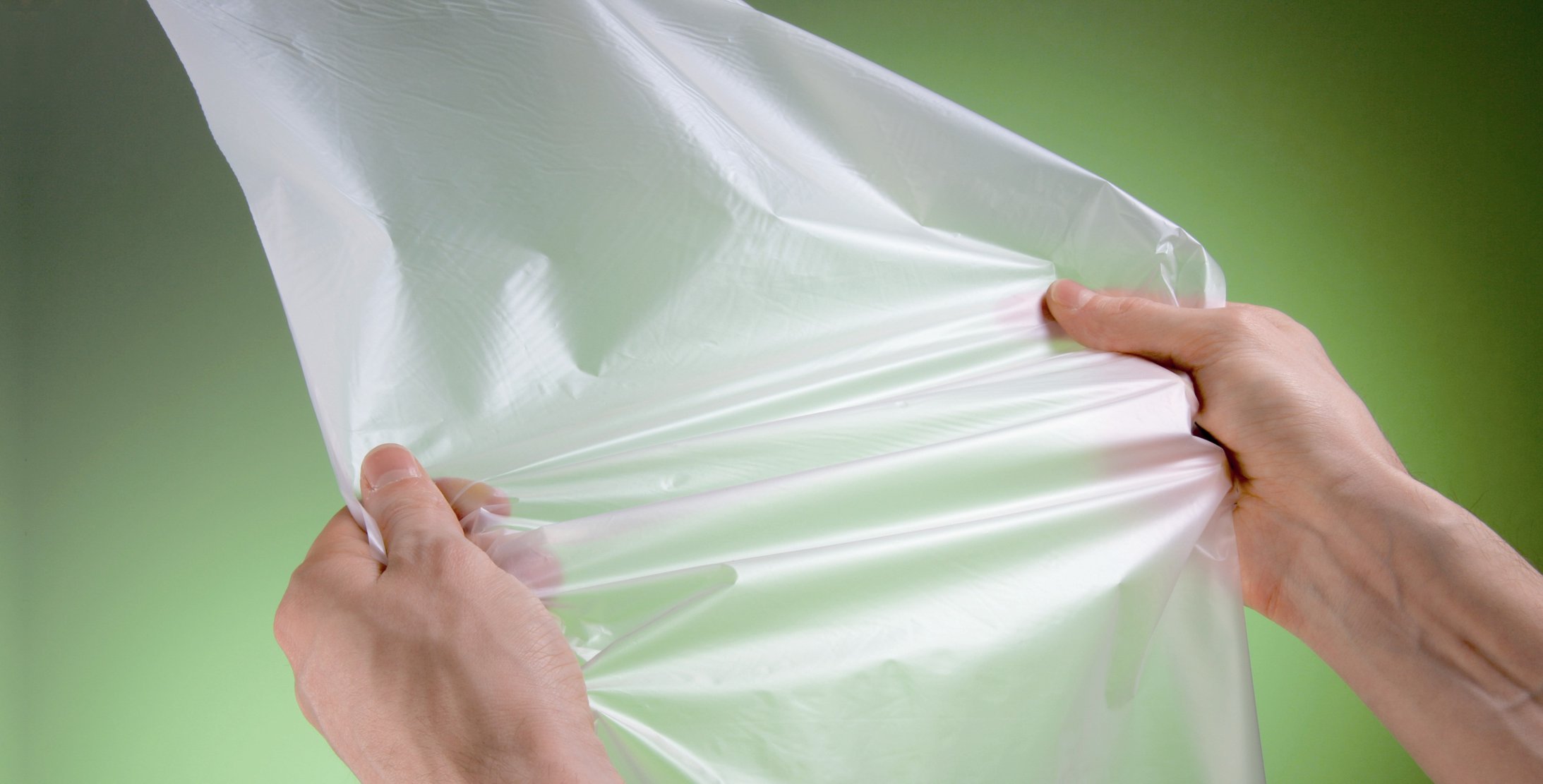 |
| العربیه | Persian |
News |
|
|
The selected information for your knowledge about dress & cloth and etc.: |
|
|
|
|
|
|
|
(Cotton - Linen - Kenaf - Jute - Ramie)
Cotton: Cotton clothes transfer body heat to the outside, so they are very cool. The life of a cotton plant reaches one year and it gives birth three times. The best cotton in Iran belongs to the regions of Gorgan and Babol. A special type of oil is obtained from cotton seeds, from which vegetable oil is prepared.
|
Linen:
Linen clothing absorbs water fibers quickly; Therefore, it dries faster and
is mostly used in handkerchief and towel products. Linen plant is not
cultivated in Iran. The best types of these fibers belong to Belgium,
Ireland and Russia. Of course, apart from preparing fibers from the stem of
this plant, its seeds are also used for oil extraction.
Kenaf: Kenaf is one of the fast-growing plants, but because it has thicker fibers, it is not suitable for clothing, and it is mostly used for sacks and rope weaving. Two types of fibers are obtained from Kenaf, one type is from the shell of the stem, which is soft, and the other is from the core of the stem, which has a texture similar to wood fibers and is rough. |
Jute:
This fiber was cultivated for the first time in eastern India and is known
as Jute or Indian Kenaf. Currently, India and Bangladesh are the largest
producers of Jute. Its natural color is yellow to brown, and for this
reason, it is known as golden fiber. This fiber is the second most used
natural fiber after Cotton.
Ramie: Ramie is known as Chinese grass. These fibers have high moisture absorption properties and become stronger when wet, but they do not have elasticity and wrinkle. Ramie is used in the production of industrial sewing threads, packaging bags, fishing nets, net plates for filtering and fabric for furniture. |
|
|
|
|
|
|
|
|
|
There is no problem in using washing powder to wash cotton fibers, but bleach liquid and other chemicals should not be used in any way. These clothes can be washed in the washing machine, so it is better to put them inside the washing machine face to face. These fibers absorb the body's natural moisture and then evaporate. Before it gets |
wet, cotton can absorb moisture equal to 5/1 times its weight. Clothing made from natural fibers while protecting the environment, bring a feeling of comfort and peace to the consumer. Clothing made from natural materials such as wool and cotton, in addition to being very light in weight, also have a better score in terms of personal hygiene. The states of natural fiber fabrics at different temperatures: these fibers contract during cold and their pores are narrow and prevent the passage of cold air, they also expand during heat and allow the heat from inside the body to flow outside and the body feel cool. |
 |
|
|
|
|
|
|
|
|
 |
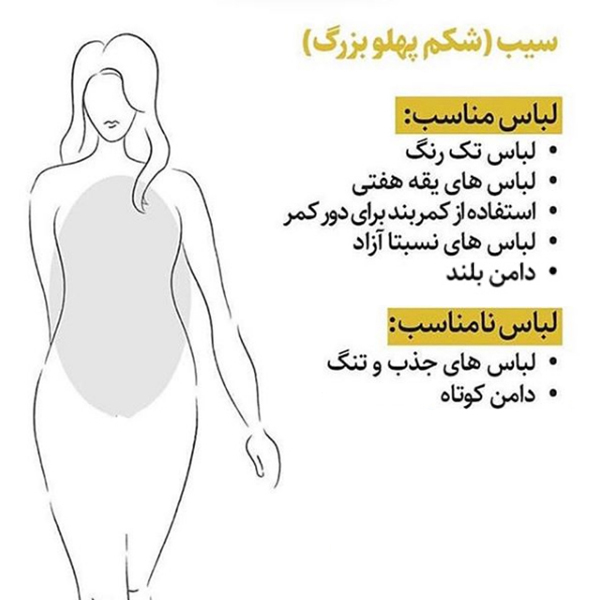 |
|
|
|
|
|
|
|
|
|
The best type of this fabric is made of 70% cotton, 10% polyester, and 20% viscose, and the lowest quality is 50% cotton, 50% polyester, and without viscose. Lenin is famous for hemp fabric and is one of the fabrics suitable for the summer season. It is very absorbent and cool. Very good shape and easy to wash and dry. One of the features that made Lenin very famous is light weight. Linen fibers are more resistant than cotton. Lenin fibers are even used in banknote paper to increase its resistance. This made the life span of this fabric and its textiles longer. It should be noted that linen fiber is also anti-allergic.
|
|
|
|
|
|
|
|
|
|
|
|
|
|
|
|
|
|
|
|
|
nthetic fibers and products with natural fibers: Today, despite the abundance of industrial raw materials that are chemically produced and used in the manufacture of various products such as clothing, tools, dishes, construction materials, etc., the importance of natural raw materials is increasing day by day; Especially in products that have a direct relationship with humans, such as clothing. Sometimes it is announced by scientific sources that synthetic materials have superior points compared to natural materials, but due to their harmfulness to humans, experts suggest people to use natural materials. For example, it has been proven that the fibers of machine-made blankets and carpets are highly toxic and cause complications such as feminization and respiratory problems for workers in the factory environment and consumers at home. The people of this country have been producing and using natural wool fibers for years, and no negative side effects have been reported. Also, natural fibers that are used to produce clothes, such as wool, linen, cotton, which are the main clothing materials of Iranian people, not only do not have any complications, but are completely compatible with the skin.
Today, a population of people who care more about their health and the
more natural way of life have turned to the consumption of plant and
agricultural products, which are completely natural in the cycle of
planting-harvest-harvest and without the intervention of any type of
toxic substances or chemical fertilizers. Additives or preservatives are
produced, which are known as organic agricultural products with
"Integrated Pest Management" (IPM) technology.
Our products (Chakavak) are also considered as organic clothes. All Chakavak products are purchased in the form of natural cotton yarn, and the textile, dyeing, sewing, etc. stages are produced by Iranian workers. The best thing about organic clothing is that it can be recycled after it wears out or tears like paper!
What are natural fibers? Fibers obtained from natural sources such as mines, animals and plants are included in the group of natural fibers. Ancient Egyptians made bricks, pottery and small boats from natural fiber composites. A century ago, almost all devices and many technical products were made of natural fibers. Cloth, rope, linen and paper were made from natural fibers such as cotton (linen), hemp, sisal and hemp. The Sisal plant, which grows only in South Africa and East Asian countries, is boiled with a completely natural method without any dyes or additives and dried using sunlight. Massaging with Sisal fibers has therapeutic properties for varicose veins, psoriasis, etc. Of course, using it for healthy skin will make the skin fresh and clean. Natural fibers can be divided into three categories: mineral, animal and vegetable.
Mineral fibers: The fibers of this group are obtained from mineral stones. As an example, we can mention asbestos. Asbestos can improve the strength and stiffness of the composite, but it reduces the impact strength. In addition, the process is difficult. Today, the use of these fibers is restricted and prohibited due to the long-term lung cancer.
Animal fibers: Fibers obtained from living organisms are called animal fibers. For example, wool is obtained from domestic sheep. Silkworm makes silk fibers. Unlike all other natural fibers such as cotton and wool, silk does not have a cellular structure and its manufacturing method is similar to synthetic fibers. Animal fibers are not used in making composites.
Plant fibers: Among natural fibers, vegetable fibers are the most used in composites and are divided into three categories: fruit fibers - skin or stem fibers - leaf fibers. Natural fibers have been used in various industries since ancient times and have the potential to be used in the growing industries of engineering composites. Although the direct replacement of (synthetic) glass fibers with natural fibers is not easily possible, the properties that these fibers show in comparison with glass make them superior in many ways, such as:
1- It has renewable resources
Natural textile fibers:
Application of natural fibers:
Types of natural fibers:
Silk :Silk is one of the best fibers that has been used for thousands of years. The origin of silk goes back to ancient China. According to some legends, when a Chinese princess was having tea in her garden, a silkworm cocoon suddenly fell into her cup and the heat of the tea caused silk fibers to be obtained from the cocoon. According to another legend, in 2600 B.C. Cultivation of silkworms and the use of silk fibers were noticed, and the Chinese kept the cultivation and production of silk fibers away from the sight and reach of foreigners for centuries. About 3000 cocoons are needed to make one yard of fabric. For centuries, silk was far from common people's reach and use, and only the rich, nobles, rulers and their people could have silk clothes. Because not everyone could afford it. Today, nylon and polyester are considered as artificial silk and they are used in different ways in textile weaving. However, until now, the value and importance of natural silk has not decreased.
Hemp :Hemp is an annual plant that has deep, dense, white roots. This plant is produced in certain regions of the world such as Bangladesh, India, China, Pakistan and Thailand through seed planting and it belongs to the Paneerkan family and is made of Khatmi. Carpets, rugs, special fabrics, mats, ropes, jute threads, bags, furniture, home furnishings, fishing nets, packaging industry, and even in the agricultural industry are used to store food. Also, due to its low thermal conductivity, jute can be used in the insulation industry, especially sound insulation, without causing any skin sensitivity to people. The geographical scope of hemp cultivation is very large and it is cultivated from Russia and Manchuria to South Africa. Its length and diameter depends on the cultivation environment, so that its length varies from 1 meter to 4 meters and its diameter varies from 8 mm to 25 mm. The color of its stem depends on the type of hemp, green or red or purple. In the skin of the hemp stem, there are fibers in the form of a soft layer, and its middle wood is a relatively thick cylinder of short wooden fibers, in the middle of which there is a cork-like core. Its dry stem is used in the paper industry and even its leaves are used as edible vegetables. Hemp fruit of leukocid capsule is egg-shaped, pointed, hairy and its size is almost half of the sepal, and each capsule has 5 stamens, inside each stamen there is at least one seed, and its seed has 20% edible oil. Jute can be mixed with other natural and synthetic fibers and even absorb cellulose dyes. Although jute has been replaced by similar cheap synthetic fibers in some industries, but its environmental properties, which are used to store food for a long time, cannot be done by any of the synthetic fibers.
Synthetic textile fibers:
Synthetic silk :Rayon or nylon was developed at the Durpont Company by Wallace Hamme Carruthers and his research group working on nylon. Durpont was thinking and developing a material for artificial silk. They knew that the silk stocking market with high demand and relatively low supply of silk made silk socks expensive. Therefore, they thought of inventing a material that has the properties of silk but the price is reasonable. Finally, after several years of research, Carruthers and his team almost discovered the desired substance. In 1930, Carruthers and his assistant Julian Hill discovered polyester. Gradually, with all-out efforts, the work of making artificial silk, which is nylon, became practical and economical. In 1934, Donald Kaufman, another assistant of Carruthers, obtained the first nylon leaf, and finally in 1935, nylon was released and the first nylon sock was made. In 1938, nylon webbing entered the United States market, and by 1941, sixty million pairs of nylon stockings had been sold. During World War II, parachutes, tents to protect soldiers from malaria mosquitoes, ropes and other equipment were made from nylon. Today, nylon is put through the tiny holes of special nylon fiber production machines, and with this method, fine and thin nylon threads are pulled out from the rolls, which are very hard threads. Some of the nylon production threads obtained by special processes and methods are almost as strong as steel. They make toothbrushes, musical instruments, sails, fishing nets, machine carpets and other items that should be strong and light weight from nylon. |
Made socks with natural fibers
Cotton flowers
Silk cocoons
Hemp stalks
Bag woven from hemp fibers
Synthetic fibers and textiles
Nylon or rayon
|
